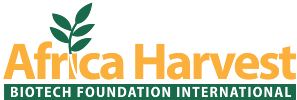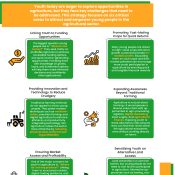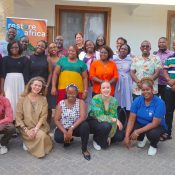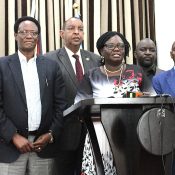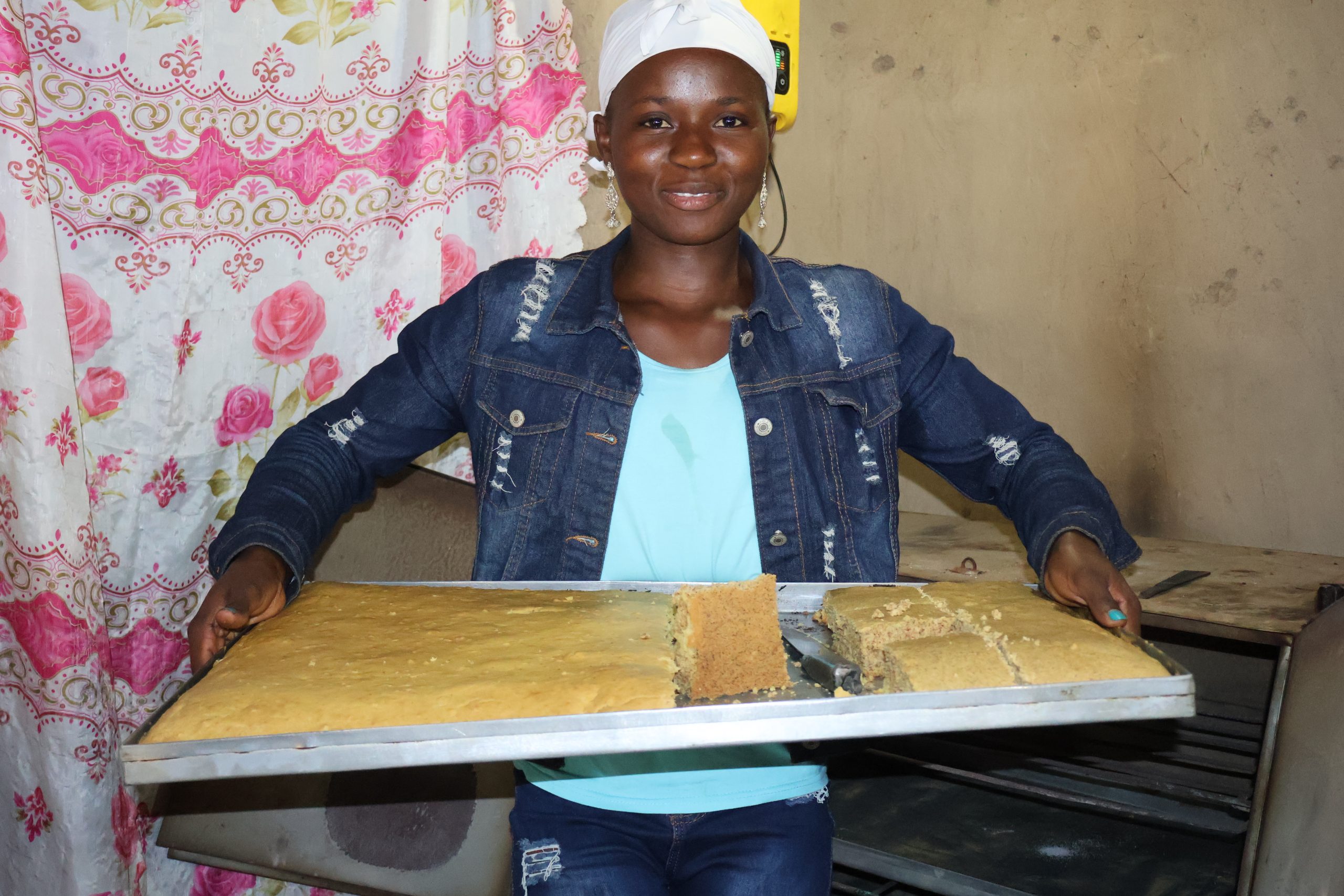
How One Young Woman Built a Multi-Income Business from Farming
According to the Kenya National Bureau of Statistics (KNBS, 2019), 40 percent of Siaya
County’s predominantly young labor force remains unemployed, with underemployment
largely unaccounted for. Despite agriculture contributing 58.5 percent to the county’s
Gross Product and providing 61 percent employment opportunities, the sector remains
largely subsistence-based, with low technology adoption and minimal investment,
resulting in low productivity.
The DTCs 4 Youth Jobs Creation project seeks to address this challenge by targeting
3.05 percent of the county’s youth population. To date, it has already reached 2.96
percent through various interventions. One of the young participants is Vivian Odhiambo
Omondi, a 25-year-old from Central Gem.
Vivian’s education was cut short when she had to drop out of Eldoret College of
Professional Studies after just one semester due to pregnancy. She returned home to
help her mother with subsistence farming on their small plot of land and leased parcels.
Recognizing her potential, the county agricultural office selected her as a Trainer of
Trainees (TOT), setting her on a path to becoming a seed producer and value addition
entrepreneur in her community.
As a TOT, Vivian now facilitates training for 19 groups of 15 to 30 members each,
equipping them with knowledge on Good Agricultural Practices (GAPs), Village Savings
and Loan Associations (VSLA), business development, and leadership. She is part of a
network of 600 TOTs who serve as facilitators, mentors, and community
mobilizers—raising awareness on youth job creation, organizing young farmers into
groups, and providing tailored training. The selection process prioritizes individuals with
strong community ties, leadership skills, and technological literacy, ensuring they can
effectively communicate and train others.
Vivian’s transformation began when she applied the GAPs training, she received.
“When I started helping my mother, we used to broadcast seeds or create furrows
without measuring. Our yields were very low,” she recalls. “From a quarter-acre, we
would harvest only 50 kg of sorghum. After the training, I harvested 150 kg of sorghum
from the same piece of land.” While this is a significant improvement, the full yield
potential for a quarter-acre of sorghum is 200 kg.
Despite challenges such as erratic weather, Vivian has diversified beyond farming. She
now produces sorghum cakes and sorghum pops, which she sells locally, earning a
daily profit of KES 350-380 per tray. On special occasions, she produces up to three
trays, making a profit of KES 1,000. “I make cakes six days a week, except on
Sundays,” she says. Each tray yields 80–85 pieces, which she sells for KES 10 per
piece. Vivian is a custodian of an oven provided by the project, which is shared among the 19
groups she facilitates. The project has distributed mechanized equipment across the 10
counties where it operates, including threshers, ovens, handheld weeders, moisture
meters, weighing scales, and shellers—all essential for enhancing productivity and
value addition among young farmers.
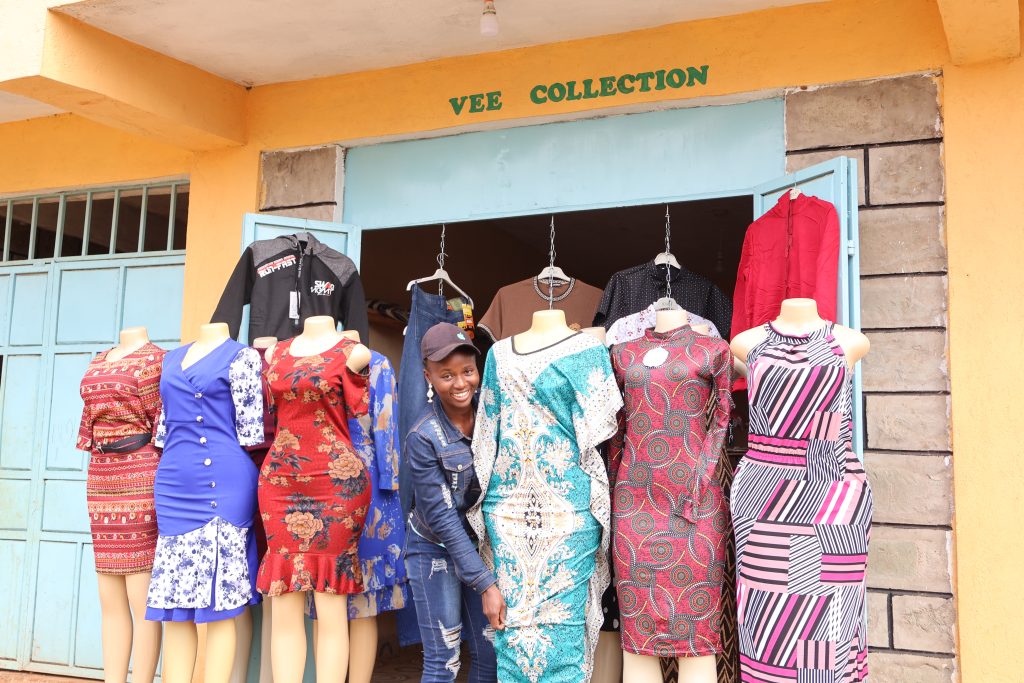
Her entrepreneurial spirit extends further. “With the facilitation I received as a TOT and
my income from farming, I started a boutique business with a capital of KES 38,000. I
love fashion,” she laughs. While she hires farmhands to assist on the farm, she remains
actively involved in both her agricultural and business ventures.
Vivian is among 2,102 women out of 3,636 youth who have benefited from seed and
grain interventions and GAPs training. A 2024 income survey, covering the October-
December 2023 planting season, found that 49.5 percent of female respondents
collectively earned over KES 5.7 million from seed production, grain production, and
agricultural service provision.
The true power of youth interventions lies in their long-term impact. When young people
like Vivian are empowered through farming, they often expand their horizons, venturing
into multiple income-generating activities. By acquiring new skills and financial
independence, they not only secure their futures but also inspire their communities to
embrace diverse economic opportunities. This ripple effect ensures that agricultural
interventions go beyond farming—opening doors to entrepreneurship and financial
resilience.
Vivian’s story is a testament to how targeted agricultural interventions can empower
youth, enhance productivity, and create sustainable livelihoods—transforming not just
individual lives but entire communities.
